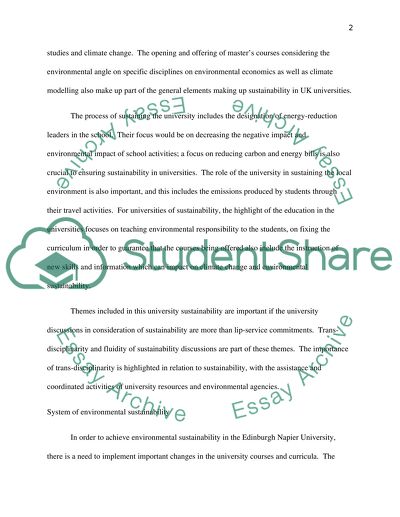Cite this document
(System of Environmental Sustainability Term Paper, n.d.)
System of Environmental Sustainability Term Paper. Retrieved from https://studentshare.org/environmental-studies/1481991-edinburgh-napier-university-aspires-to-be
System of Environmental Sustainability Term Paper. Retrieved from https://studentshare.org/environmental-studies/1481991-edinburgh-napier-university-aspires-to-be
(System of Environmental Sustainability Term Paper)
System of Environmental Sustainability Term Paper. https://studentshare.org/environmental-studies/1481991-edinburgh-napier-university-aspires-to-be.
System of Environmental Sustainability Term Paper. https://studentshare.org/environmental-studies/1481991-edinburgh-napier-university-aspires-to-be.
“System of Environmental Sustainability Term Paper”, n.d. https://studentshare.org/environmental-studies/1481991-edinburgh-napier-university-aspires-to-be.


